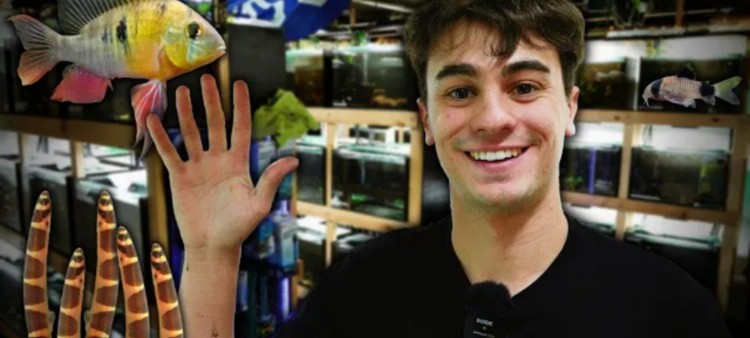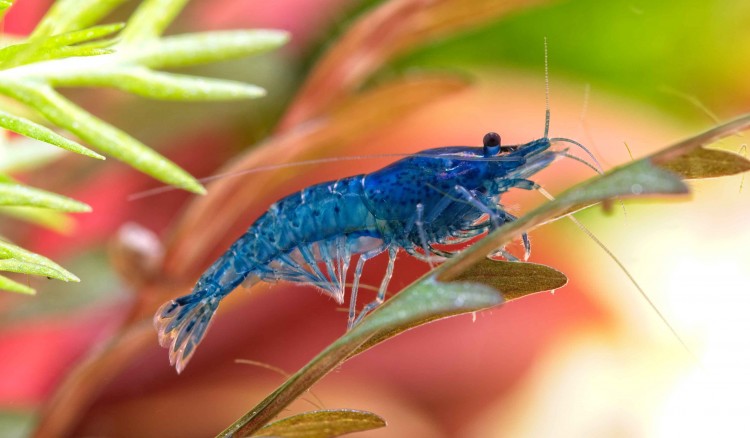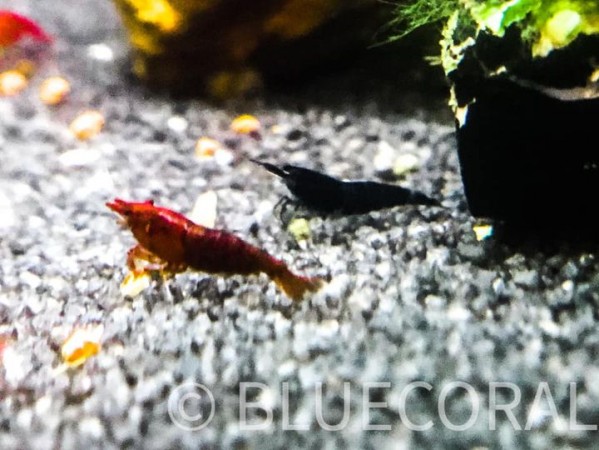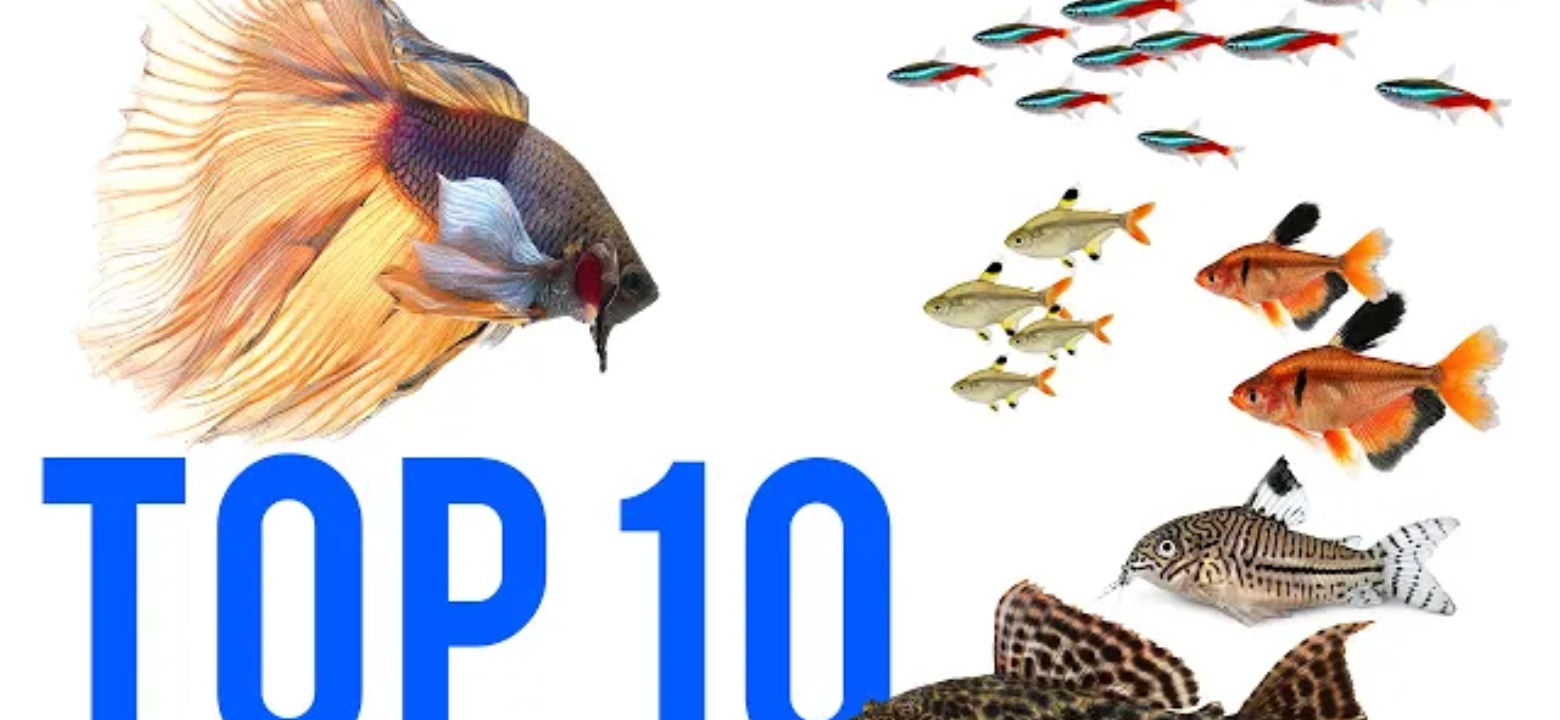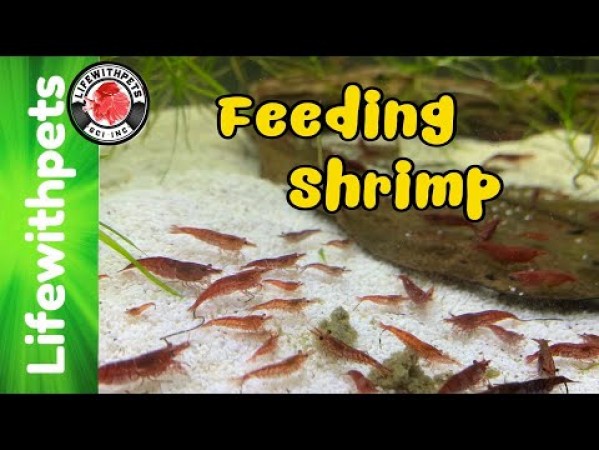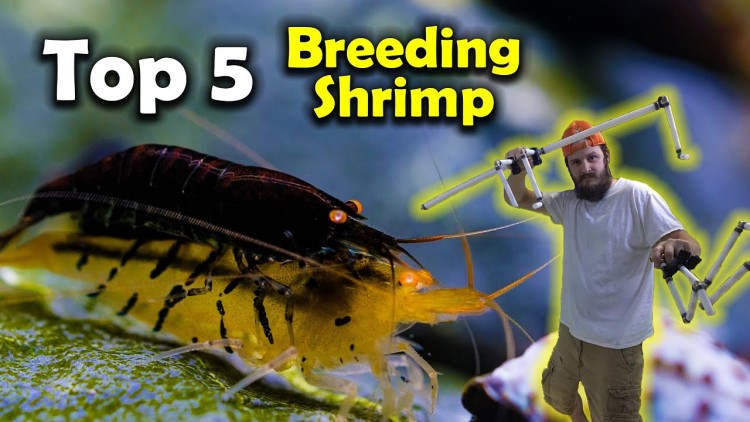- Name:
Singapore Flower Shrimp
(View AKA's) - Family: Atyidae
- Species: Shrimp
- Scientific Name: Atyopsis moluccensis
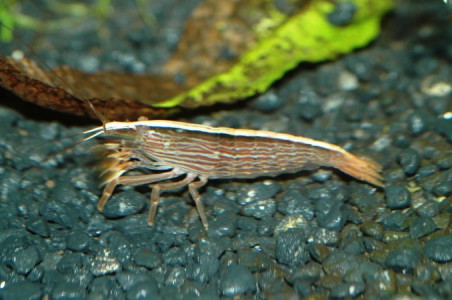

General info about Singapore Flower Shrimp
The Singapore Flower Shrimp or as it is also commonly known as the Asian Fan Shrimp or Bamboo Shrimp originates from fast-moving rivers and streams within Southeast Asia. They are interesting shrimp that are able to change colors very rapidly. Their coloration will range from tan to dark brown, and at times, even a bright red. The conditions that cause these shrimp to change color are unknown, but it is speculated that either their mood or the need for camouflage are the reasons. They have sensory antennas which help them to understand their surroundings.
The temperature of the tank water should ideally range from 75.2 °F to 82.4 °F (24 °C to 28 °C). Their lifespan can be a 1–2 years, or a bit more with proper conditions and a bit of good fortune. They are one of the larger freshwater shrimp attaining a maximum size of 3-1/2 inches. Their front six legs have fan-like appendages in which they use to filter the water for foodstuffs present within the water column. They add a very interesting element to any freshwater community aquarium, both with their diverse coloration and their unique feeding process. Their coloration, movement and feeding and their usefulness as aquarium cleaners have made the Singapore Flower Shrimp very popular among freshwater aquarium hobbyists over the past few years.
An established freshwater aquarium of at least 20 gallons with plenty of hiding places and the mature substrate is the ideal setup for the Singapore Flower Shrimp. They like tanks with lots of live aquarium plants. The aquarium plants provide many places to climb on, hide under and explore. Aquariums with live plants are never “too clean”, meaning that there are many little bits of edible matter floating in the water column. Bamboo Shrimp also like their habitat to include lots of rocks, like lava rocks for example. They really like to climb on, in, around or under them as they position themselves facing the water movement. It should be housed with peaceful fish that will not pose a threat of eating these shrimp. They seem to like tanks with sponge filters on powerful HOB power filter intakes. The shrimp often position themselves on the sponge filter to intercept the edible matter that would otherwise get sucked up into the filter.
The molting process has occurred nearly once every two months or so. The signs of molting are the same. About a day or two before molting, the Singapore Flower Shrimp begins to hide behind things like rocks, plants, the heater, a power filter intake or a sponge filter. So it’s important that they have plenty of places to hide. After the molting cycle is completed, the Bamboo Shrimp leaves its old empty shell in the water.
Singapore Flower Shrimp Diet & Nutrition
The Singapore Shrimp is an omnivore that primarily consumes detritus and plant matter suspended in the water column, but will also eat algae and leftover meaty foods that are either in the water column or resting on the aquarium substrate. They will vigorously fan the water column during feeding to filter out any food that they can catch. If insufficient food is present, supplement with a quality flake food or pellet.
This specimen should be kept in a well established planted aquarium so that they will have plenty of decaying plant matter and algae available to them from the water column. Otherwise, they can be fed with sinking pellet foods that they can feed off as they break down in the water near the substrate.
They seem to enjoy when the aquarium gravel or aquarium substrate gets stirred up when re-positioning a rooted plant, and small concentrated bursts of fine food particles get released into the water (but see note about plant fertilizers in Caution section). The Bamboo Shrimp actually get really close to the action for what appears to be a feast.
Determining Sex of Singapore Flower Shrimp
Differences between the sexes, easily noticeable with the male being larger than the female.
Breeding & Spawning Singapore Flower Shrimp
They are extremely difficult to breed because they are going through many planktonic stages before reaching miniature adult stage and need brackish to full strength saltwater.
Singapore Flower Shrimp Origin
Bamboo Shrimp is a shrimp species native to the southeastern regions of Asia, especially Malaysia, Singapore, Thailand.
Caution with Singapore Flower Shrimp
The Singapore Flower Shrimp care issue mostly involves copper. As with all freshwater aquarium shrimp, it is important to avoid copper, as it’s fatal to them. Also be careful with plant fertilizer pellets. Once placed in the substrate, plant fertilizer pellets remain there and dissolve slowly. But if the substrate gets moved around and the dissolved pellets get stirred up, it releases whatever is in them into the water column. This sudden burst of plant fertilizer in the water column can be consumed in large concentrations by filter feeding shrimp, and it may be harmful or fatal to them. So check to see if the plant fertilizer of choice is “shrimp safe”.
Bamboo Shrimp have a non-aggressive disposition and have no claws or pincers to either attack or defend themselves. Bamboo Shrimp tank mates are generally any community tank inhabitants including medium-size tropical fish. Don’t mix Bamboo Shrimp with Goldfish, Oscars, Jack Dempsey or other cichlids because the Bamboo Shrimp will be eaten. Aquarium crayfish can also attack and eat Bamboo Shrimp as well.
Original Detail
| Name | Species | Family | Scientific Name | More Detail | Added by |
|---|---|---|---|---|---|
| Singapore Flower Shrimp | Shrimp | Atyidae | Atyopsis moluccensis | The Singapore Flower Shrimp or as it is also commonly known as the Asian Fan Shrimp or Bamboo Shrimp originates from fast-moving rivers and streams within Southeast Asia. They are interesting shrimp that are able to change colors very rapidly. Their coloration will range from tan to dark brown, and at times, even a bright red. The conditions that cause these shrimp to change color are unknown, but it is speculated that either their mood or the need for camouflage are the reasons. They have sensory antennas which help them to understand their surroundings. The temperature of the tank water should ideally range from 75.2 °F to 82.4 °F (24 °C to 28 °C). Their lifespan can be a 1–2 years, or a bit more with proper conditions and a bit of good fortune. They are one of the larger freshwater shrimp attaining a maximum size of 3-1/2 inches. Their front six legs have fan-like appendages in which they use to filter the water for foodstuffs present within the water column. They add a very interesting element to any freshwater community aquarium, both with their diverse coloration and their unique feeding process. Their coloration, movement and feeding and their usefulness as aquarium cleaners have made the Singapore Flower Shrimp very popular among freshwater aquarium hobbyists over the past few years. An established freshwater aquarium of at least 20 gallons with plenty of hiding places and the mature substrate is the ideal setup for the Singapore Flower Shrimp. They like tanks with lots of live aquarium plants. The aquarium plants provide many places to climb on, hide under and explore. Aquariums with live plants are never “too clean”, meaning that there are many little bits of edible matter floating in the water column. Bamboo Shrimp also like their habitat to include lots of rocks, like lava rocks for example. They really like to climb on, in, around or under them as they position themselves facing the water movement. It should be housed with peaceful fish that will not pose a threat of eating these shrimp. They seem to like tanks with sponge filters on powerful HOB power filter intakes. The shrimp often position themselves on the sponge filter to intercept the edible matter that would otherwise get sucked up into the filter. The molting process has occurred nearly once every two months or so. The signs of molting are the same. About a day or two before molting, the Singapore Flower Shrimp begins to hide behind things like rocks, plants, the heater, a power filter intake or a sponge filter. So it’s important that they have plenty of places to hide. After the molting cycle is completed, the Bamboo Shrimp leaves its old empty shell in the water.
|
PalaciosAn |
Changed by users
| Submitted Date | Submitted By | Status | Action |
|---|


